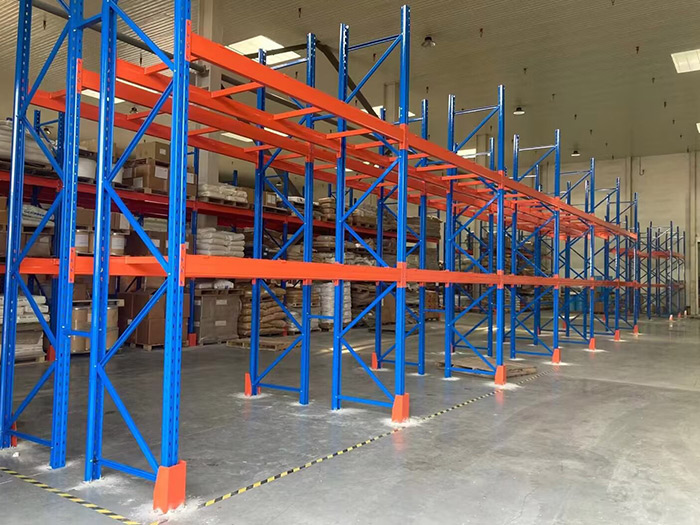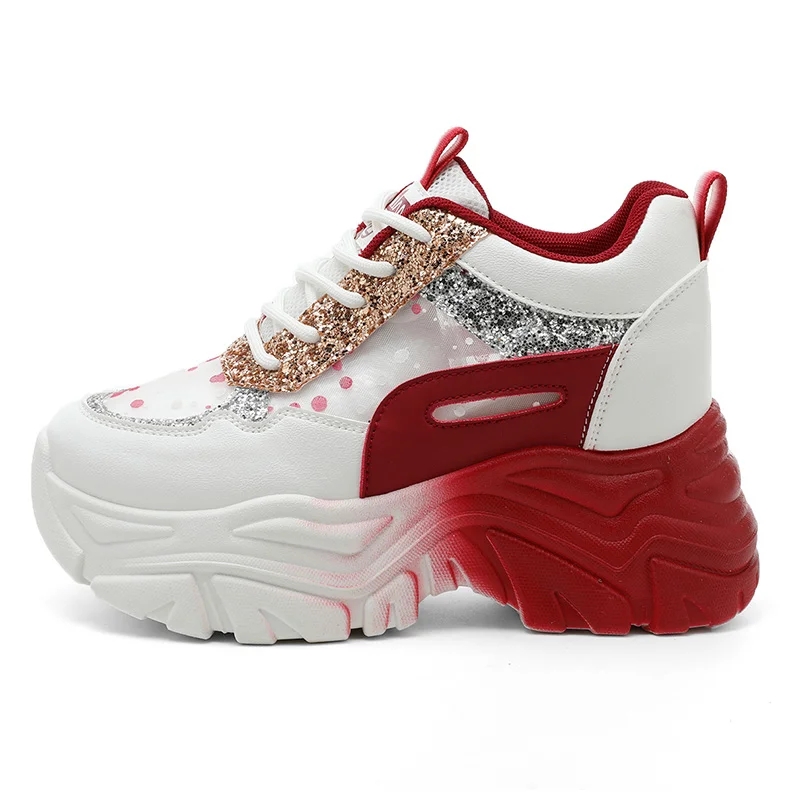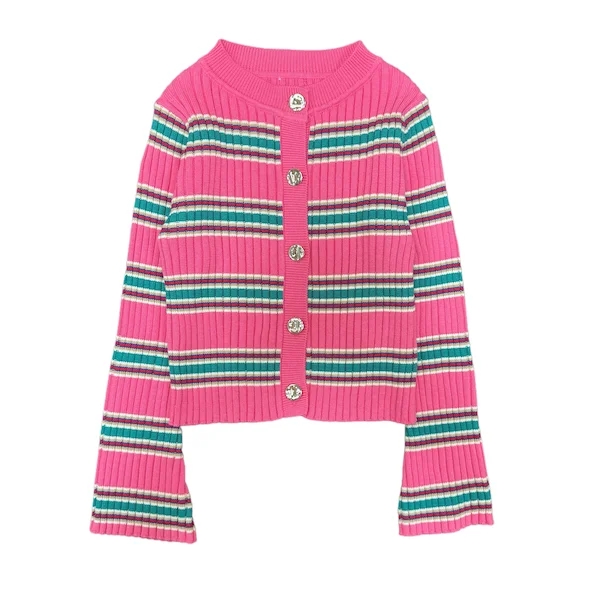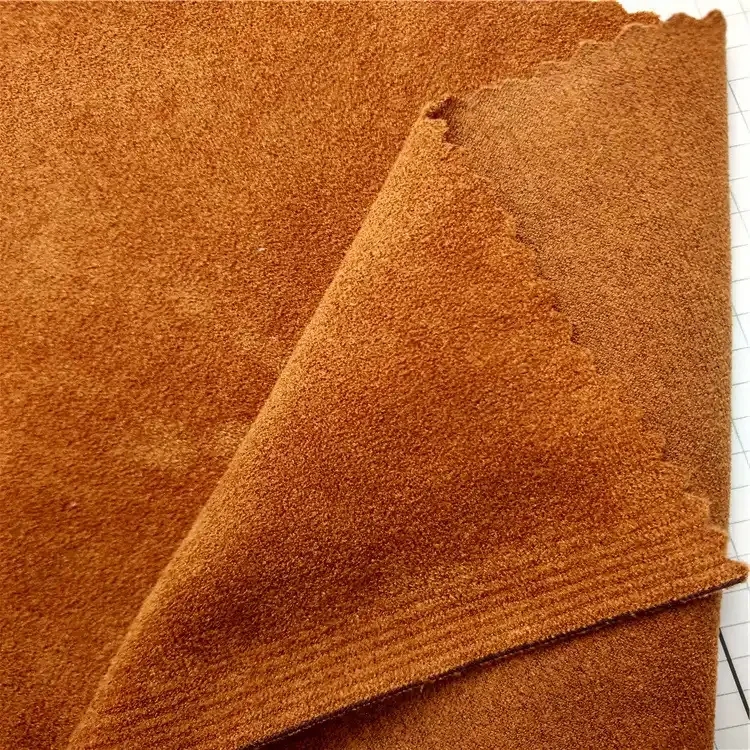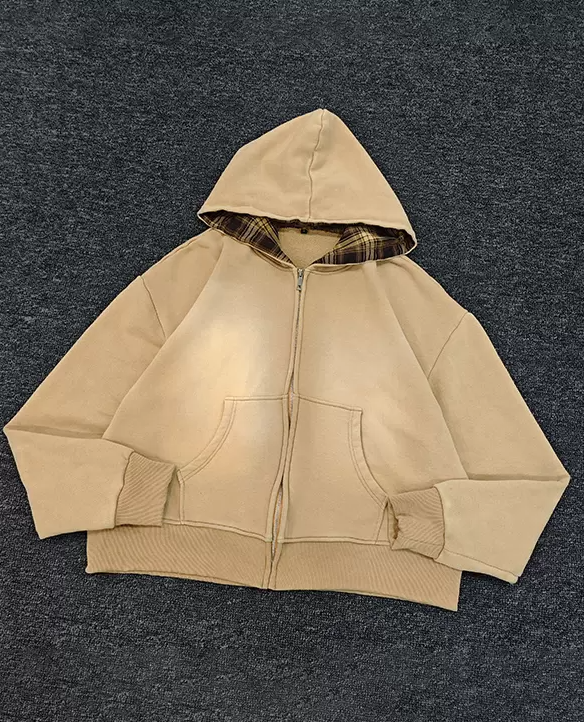Shielding Against the Sun: The Science of Sun-Protective Clothing
As the sun's rays become increasingly intense, understanding how to protect ourselves from harmful UV radiation is paramount. While sunscreen is a staple in sun safety, the clothing we wear plays a crucial role in shielding our skin from the sun's damaging effects. This article delves into the science behind sun-protective clothing, exploring the materials, designs, and features that keep us safe from the hot sun.
Understanding UV Radiation
Before we discuss clothing, it's essential to understand the nature of ultraviolet (UV) radiation. The sun emits three types of UV rays: UVA, UVB, and UVC. UVA rays penetrate the skin deeply and are primarily responsible for premature aging and skin cancer. UVB rays, on the other hand, are responsible for sunburn and play a significant role in developing skin cancer. UVC rays are mostly absorbed by the Earth's atmosphere and do not pose a direct threat to human health.
The Role of Clothing in Sun Protection
Clothing serves as a physical barrier against UV radiation. However, not all fabrics provide the same level of protection. The effectiveness of clothing in blocking UV rays is measured by its Ultraviolet Protection Factor (UPF) rating. A higher UPF rating indicates better protection. For instance, a garment with a UPF of 50 allows only 1/50th of the sun's UV radiation to reach the skin, blocking 98% of harmful rays.
Choosing the Right Fabrics
When selecting clothing for sun protection, consider the following fabric characteristics:
- Weave Density: Tightly woven fabrics, such as denim or canvas, offer better UV protection compared to loosely woven materials like linen or gauze. The tighter the weave, the less UV radiation can penetrate the fabric.
- Color: Darker colors absorb more UV radiation than lighter colors, which reflect sunlight. Therefore, wearing darker clothing can enhance protection against UV rays.
- Material: Certain materials inherently provide better UV protection. Synthetic fibers like polyester and nylon are often more effective than natural fibers like cotton. Some brands even offer specially treated fabrics designed to enhance UV protection.
- Moisture and Stretch: Wet clothing can lose its protective qualities, as water can allow more UV rays to penetrate. Additionally, stretched fabrics may become thinner and less protective. Opt for clothing that maintains its integrity when wet or stretched.
Innovative Sun-Protective Clothing
In recent years, the apparel industry has seen a surge in the development of innovative sun-protective clothing. Many brands now offer garments specifically designed to provide maximum UV protection. These items often feature:
- Built-in UPF Protection: Many manufacturers treat their fabrics with UV-blocking agents, giving them a higher UPF rating without compromising comfort or style.
- Cooling Technologies: Some sun-protective clothing incorporates cooling technologies that wick moisture away from the skin, keeping the wearer comfortable in hot weather.
- Ventilation Features: Clothing with mesh panels or strategic ventilation can help regulate body temperature while still providing sun protection.
Practical Tips for Sun Safety
To maximize your sun protection, consider the following practical tips:
- Layering: Wearing multiple layers can enhance UV protection. A lightweight, long-sleeved shirt over a tank top can provide additional coverage.
- Accessorizing: Don’t forget about hats and sunglasses. A wide-brimmed hat can shield your face and neck, while UV-blocking sunglasses protect your eyes from harmful rays.
- Timing: The sun's rays are strongest between 10 a.m. and 4 p.m. Plan outdoor activities for early morning or late afternoon when UV exposure is lower.
- Regular Checks: Inspect your clothing for wear and tear, as damaged fabrics may not provide adequate protection.
Conclusion
As we embrace outdoor activities, understanding how to protect ourselves from the sun is essential. Choosing the right clothing can significantly reduce our risk of UV exposure and skin damage. By selecting fabrics with high UPF ratings, considering color and weave density, and opting for innovative sun-protective designs, we can enjoy the sun safely. Remember, while clothing is a vital part of sun safety, it should be complemented with other protective measures, such as sunscreen and seeking shade. With the right knowledge and tools, we can confidently enjoy the great outdoors while keeping our skin safe from the sun's harmful rays.

